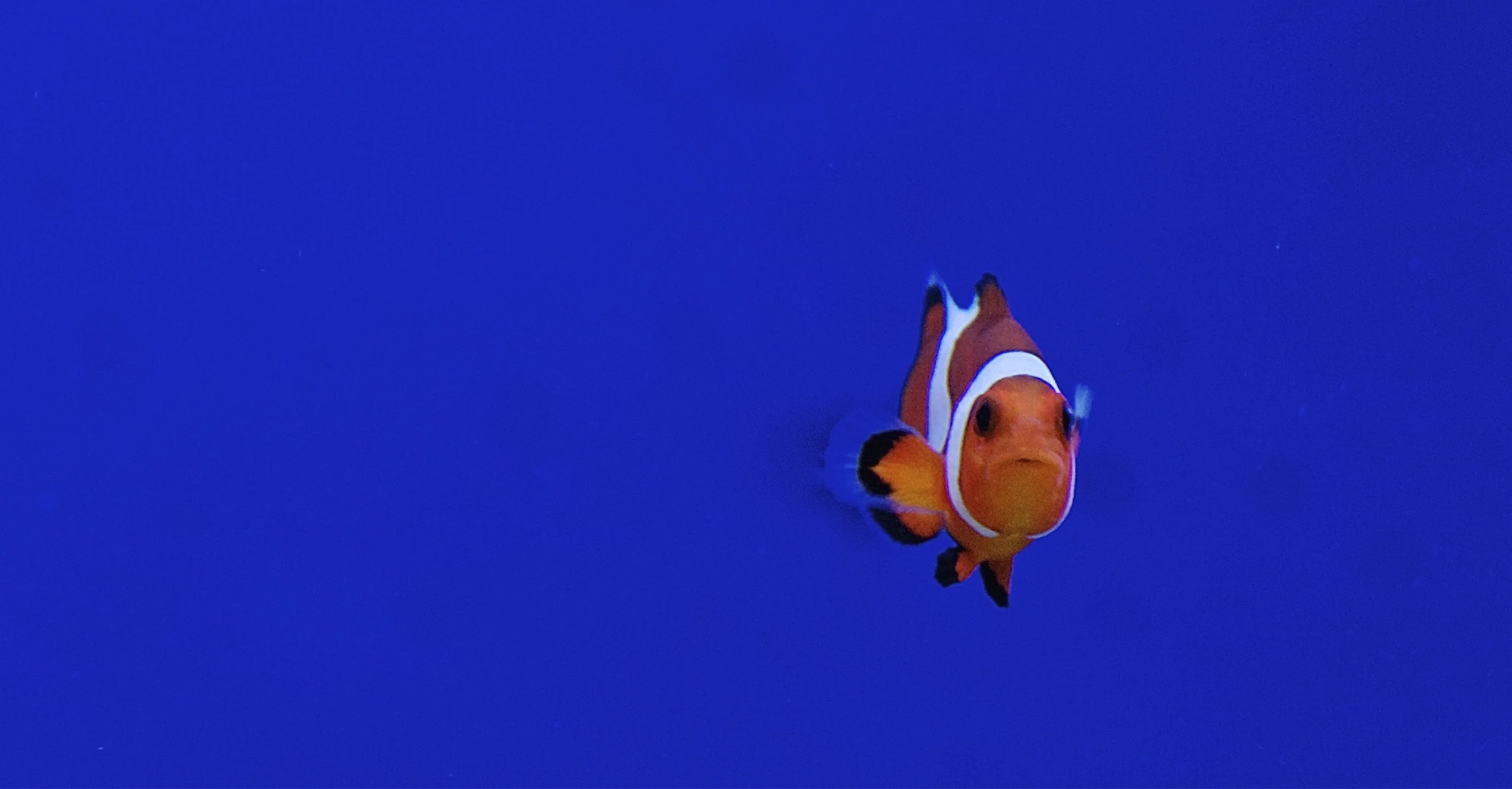[reading time: appr. 2 min.]
The “fish” is a leadership instrument for strengthening the resources of individual team members and improving team spirit.
You may now ask yourself what role a fish plays here… 😉 Before I answer this, I would first like to preface it with a few essential basic thoughts:
The tool is based on the principle of positive feedback. With this positive feedback we generate and reinforce what we want to foster in our employees or colleagues. (Almost) all people react to positive feedback with a reinforcement of the activity to which the feedback referred.
This requires a special focus by not working permanently on the weaknesses of individuals and trying to improve them, but to turn to the already existing resources to strengthen them. Therefore, a fundamental change of mindset may be required.
It is necessary to develop a perception and appreciation for the positive contribution of the individual and to communicate this actively and in a personal way. Interestingly, this also changes the inner life and self-perception of the feedback giver.
The medium for conveying such an appreciation is a card (usually DINA 5). The front of the card should contain feedback on a specific behavior or talent of the employee or colleague. Of course, always under the condition that this was perceived positively by you. Please always use “I-messages”, as “you-statements” can quickly become judgments and thus even positively meant feedback can easily get a negative connotation.
Examples of “I-messages”:
“Dear Max,…
… I am grateful for your frank and constructive words in the last Jour Fixe.” or
… I always enjoy listening to you because your voice sounds very pleasant.”
Such messages can still be enriched with own interpretations. These can be, for example, an addressed characteristic or the effect of a certain behavior on you and/or the team.
Examples of interpretations:
“Dear Tina,…
… your positive and constructive attitude towards the recent organizational changes in our company helps me and the team to deal with them more openly as well. Thank you very much!” or
… I was impressed by how clearly you explained the context in the meeting today, because it made the critical path in our project much clearer to me.”
And of course, the name of the sender and the date should be added at the end of the card.
And now the fish comes into play! Please draw a fish on the back of the card. Now, you’re probably thinking, “What’s the fish for?”. Well, fishes have positive connotations – at least among most people – and they can be easily put on paper even by people who are not particularly talented at drawing. Of course, the team can also choose a different basic motif. The only important thing here is that a motif is chosen at all, to show a certain appreciation and originality.
The handover of the card then takes place in the office in person and in a private environment (i.e. not in front of an audience!). Or – in case of virtual teams – for example in form of a personal email, where the self-drawn fish is either scanned and embedded in the text or added as an attachment. The completely untalented drawers might also select a fish from an image database and attach it 😁.
I suggest to introduce this tool at a team meeting and to align with the team on some basic ground rules as outlined above. However, the principle of voluntariness for the individual is also important to highlight here.
You will be surprised how quickly this feedback tool is “lived” by the team and further strengthens your team spirit.
Wishing you fun and success trying it out!
Source: Script “Wertorientierter Systemischer LeadershipCoach“, Rudolf E. Fitz, Coach Akademie Schweiz (CAS), 2021

